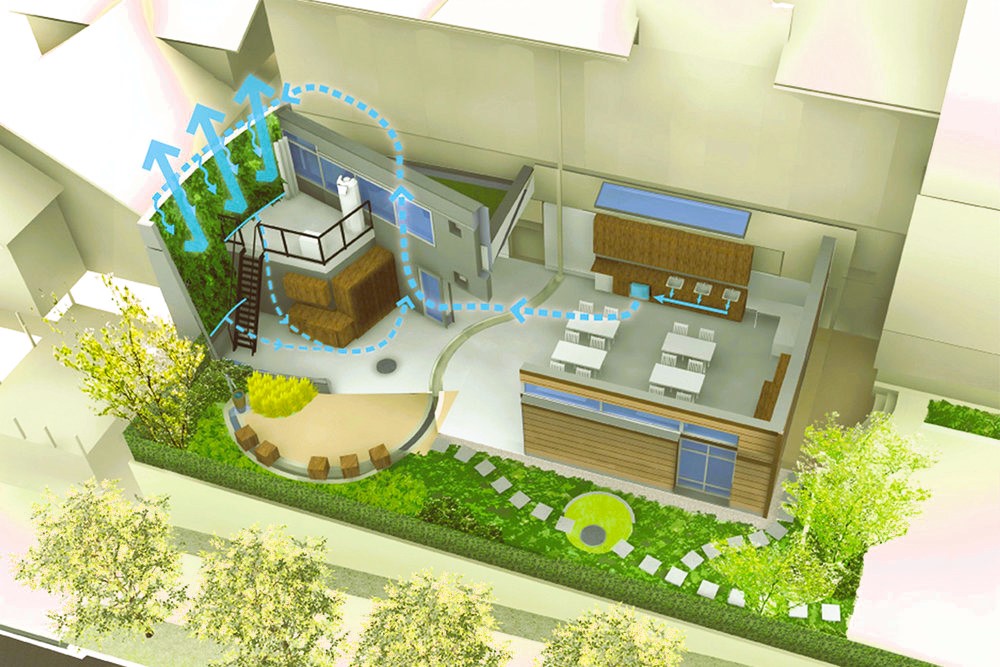Building science, an intricate field at the intersection of physics, engineering, and architecture, delves into the complexities of how buildings function and interact with their environments. While basic principles form the foundation, advanced concepts in building science propel us into a realm of sophisticated understanding and innovation. In this exploration, we will unravel some of these advanced concepts, shedding light on their significance in shaping the future of construction and architecture.
The Essence of Building Science
At its core, building science seeks to optimize the performance, durability, and efficiency of structures. Advanced concepts within this discipline extend beyond the conventional understanding, requiring a deeper comprehension of the dynamic interactions between building components, occupants, and the environment.
1. Thermal Bridging and Continuous Insulation
Thermal Bridging:
Traditional insulation methods may overlook thermal bridging – areas where heat moves more easily through building components. Advanced building science emphasizes the importance of addressing these weak points to enhance energy efficiency and occupant comfort.
Continuous Insulation:
Moving beyond sporadic insulation, continuous insulation involves covering the entire building envelope, minimizing thermal breaks. This approach ensures a more uniform temperature distribution within the structure, reducing energy consumption.
2. Dynamic Building Simulation
Utilizing advanced software and modeling techniques, dynamic building simulation assesses the real-time interactions between a building and its environment. This enables architects and engineers to optimize designs for energy efficiency, occupant comfort, and environmental impact before construction begins.
3. Moisture Management and Vapor Retarders
Moisture Management:
Beyond basic moisture prevention, advanced building science emphasizes holistic moisture management. This involves controlling sources of moisture, ensuring proper ventilation, and incorporating materials that can withstand varying humidity levels.
Vapor Retarders:
Advanced concepts include the strategic use of vapor retarders – materials that control the diffusion of water vapor. Proper placement and selection of these materials contribute to a building’s durability and resilience against moisture-related issues.
4. Net-Zero Energy Buildings
Pushing the boundaries of energy efficiency, net-zero energy buildings aim to generate as much energy as they consume over a specified period. Advanced building science explores innovative technologies such as solar panels, advanced insulation, and smart energy systems to achieve this ambitious goal. To navigate home renovations, read our guide to prioritizing your health.
5. Building Information Modeling (BIM)

Going beyond traditional blueprints, BIM involves creating detailed digital representations of a building’s physical and functional characteristics. This advanced concept enhances collaboration, facilitates efficient project management, and allows for comprehensive analysis throughout the building’s lifecycle.
The Role of Standardization in Advanced Building Science
As we delve into these advanced building science concepts, adherence to standardized practices becomes imperative. Standards provide a common framework for professionals, ensuring consistency, safety, and quality in construction. For comprehensive information on building science standards in Canada, you can refer to Canada’s official website.
Canadian Building Science Standards
- National Energy Code of Canada for Buildings (NECB): NECB sets the standard for energy efficiency in building design and construction, guiding professionals towards advanced energy-saving practices.
- ASHRAE Standards: The American Society of Heating, Refrigerating and Air-Conditioning Engineers (ASHRAE) develops standards influencing building science, including thermal comfort, energy efficiency, and indoor air quality.
- Canadian Commission on Building and Fire Codes (CCBFC): CCBFC establishes comprehensive codes that incorporate advanced building science concepts, ensuring the safety and resilience of structures.
Conclusion
In the dynamic landscape of construction and architecture, embracing advanced building science concepts is not just a choice but a necessity. These concepts not only enhance the efficiency and durability of structures but also contribute to a more sustainable and resilient built environment.
As professionals and enthusiasts alike explore the depths of advanced building science, standardized practices serve as the compass, guiding the industry towards a future where structures seamlessly integrate with their surroundings, optimize energy consumption, and provide optimal comfort for occupants.
In unraveling the complexities of thermal bridging, dynamic simulation, moisture management, net-zero energy goals, and BIM, the journey goes beyond the basics – it paves the way for a future where buildings are not just structures but intelligent, adaptive entities contributing to a more sustainable and harmonious world.


